Reverse osmosis, also known as RO, is a membrane separation process that uses the pressure differential to separate the solvent from the solution. Pressure is applied to the feed liquid on one side of the membrane, and when this pressure exceeds its osmotic pressure, the solvent undergoes reverse osmosis opposite to the natural osmosis direction. Thus, the solvent that passes through the membrane is collected on the low-pressure side as permeate, and the concentrated solution is collected on the high-pressure side as concentrate. When seawater is treated with reverse osmosis, fresh water is obtained on the low-pressure side of the membrane, and brine is obtained on the high-pressure side.
Since it is opposite to the direction of natural osmosis, it is called reverse osmosis. By using reverse osmosis pressure greater than the osmotic pressure of various materials, i.e., the reverse osmosis method, the objectives of separation, extraction, purification, and concentration can be achieved.
Specification: Two-Stage Ro Water Treatment Reverse Osmosis Equipment
|
User Reviews
Be the first to review “Two-Stage Ro Water Treatment Reverse Osmosis Equipment”
You must be logged in to post a review.


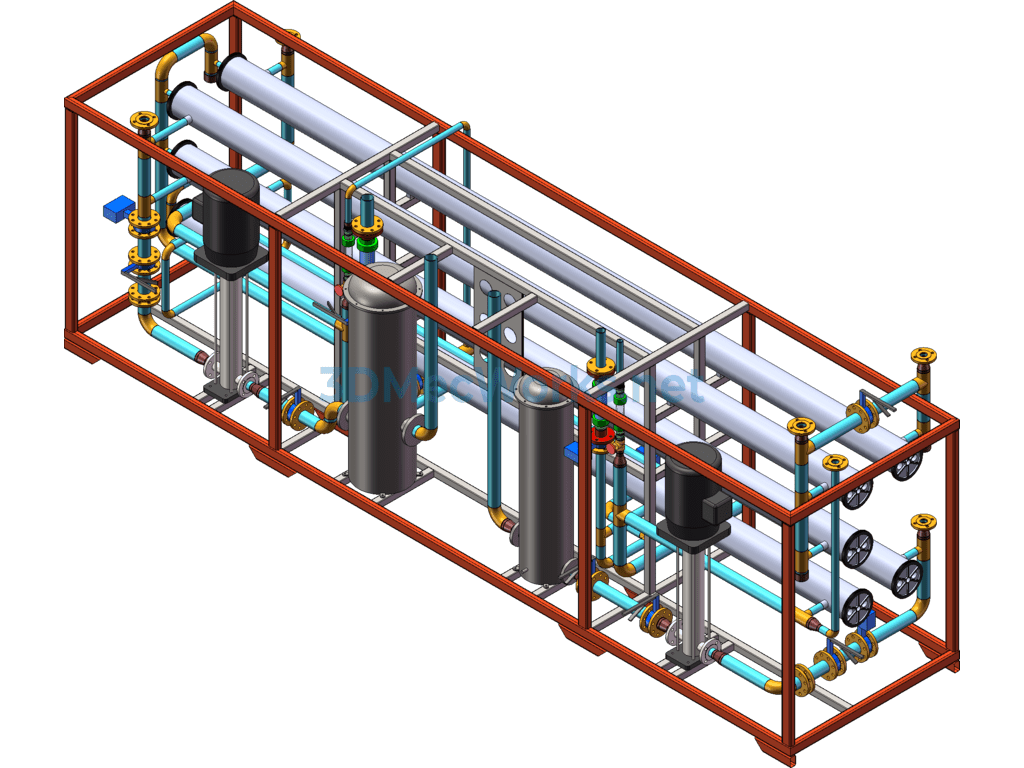
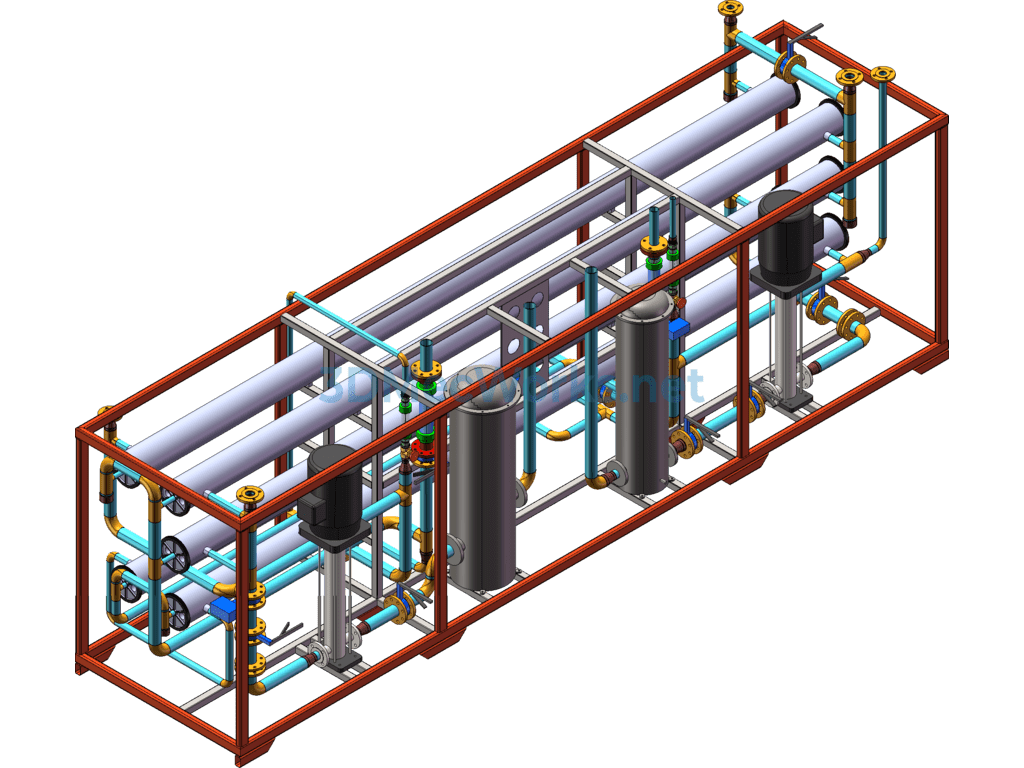
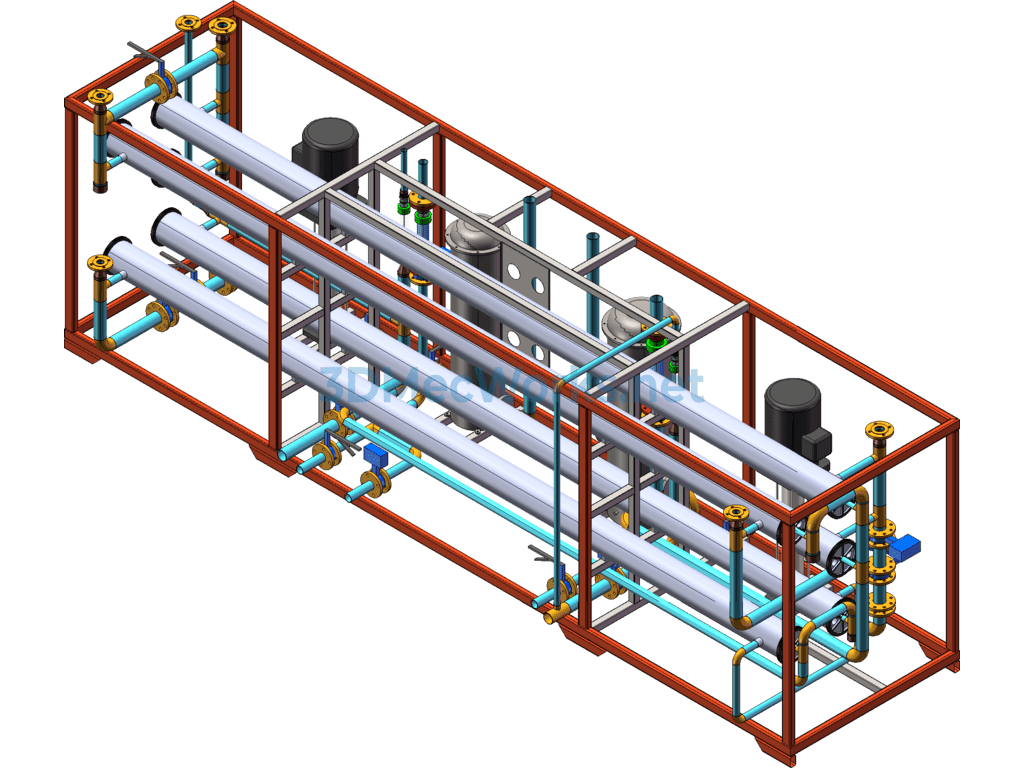
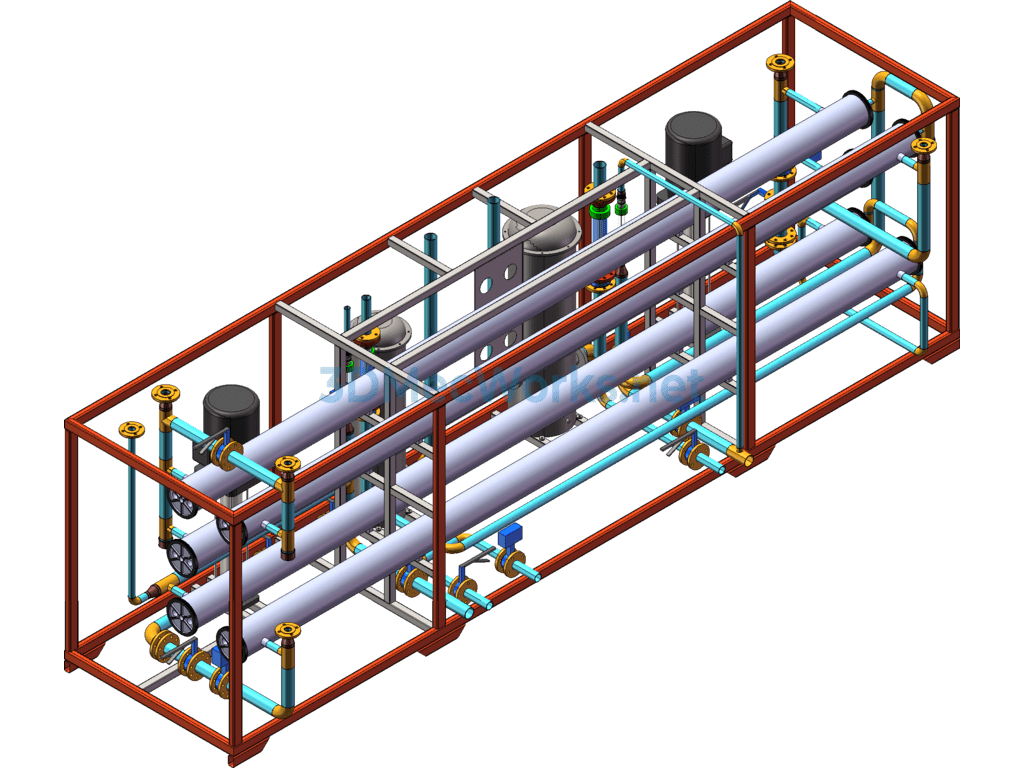
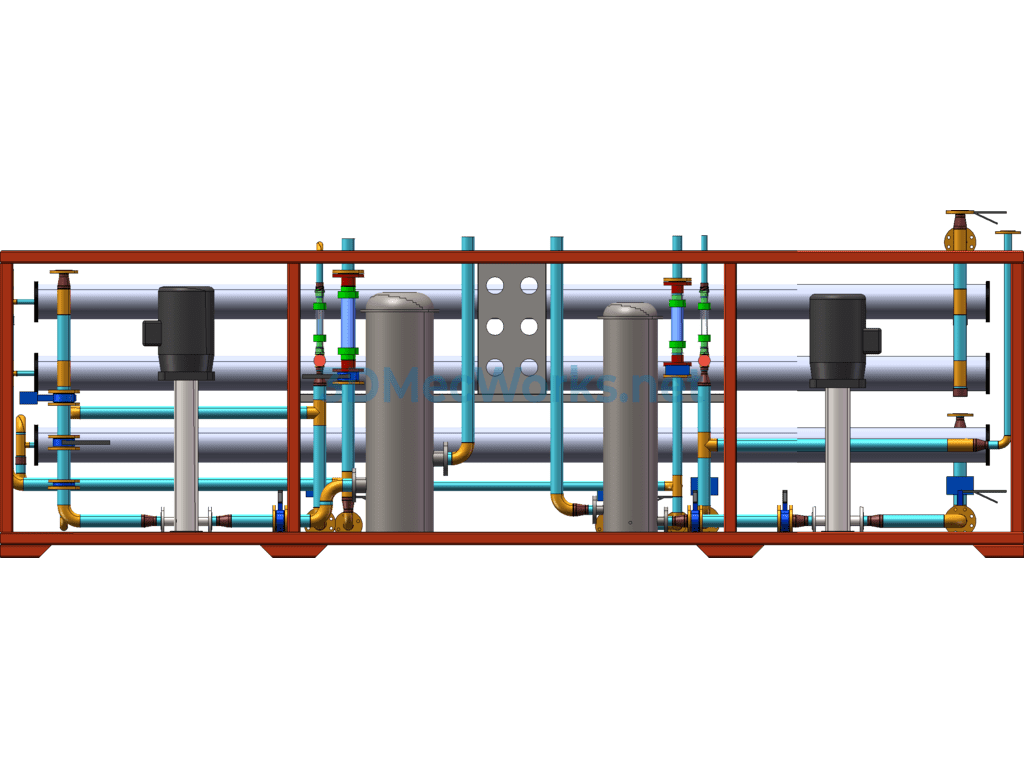
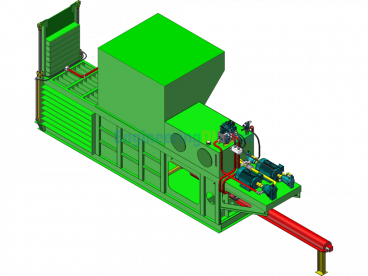


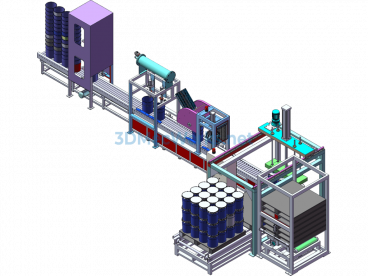
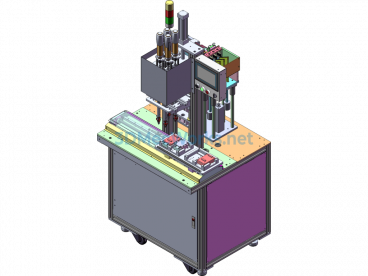
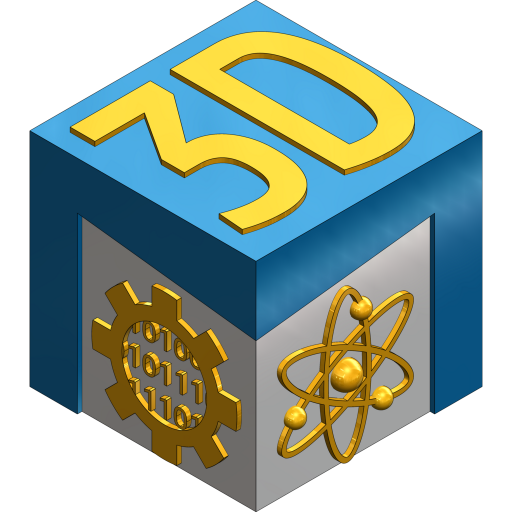
There are no reviews yet.